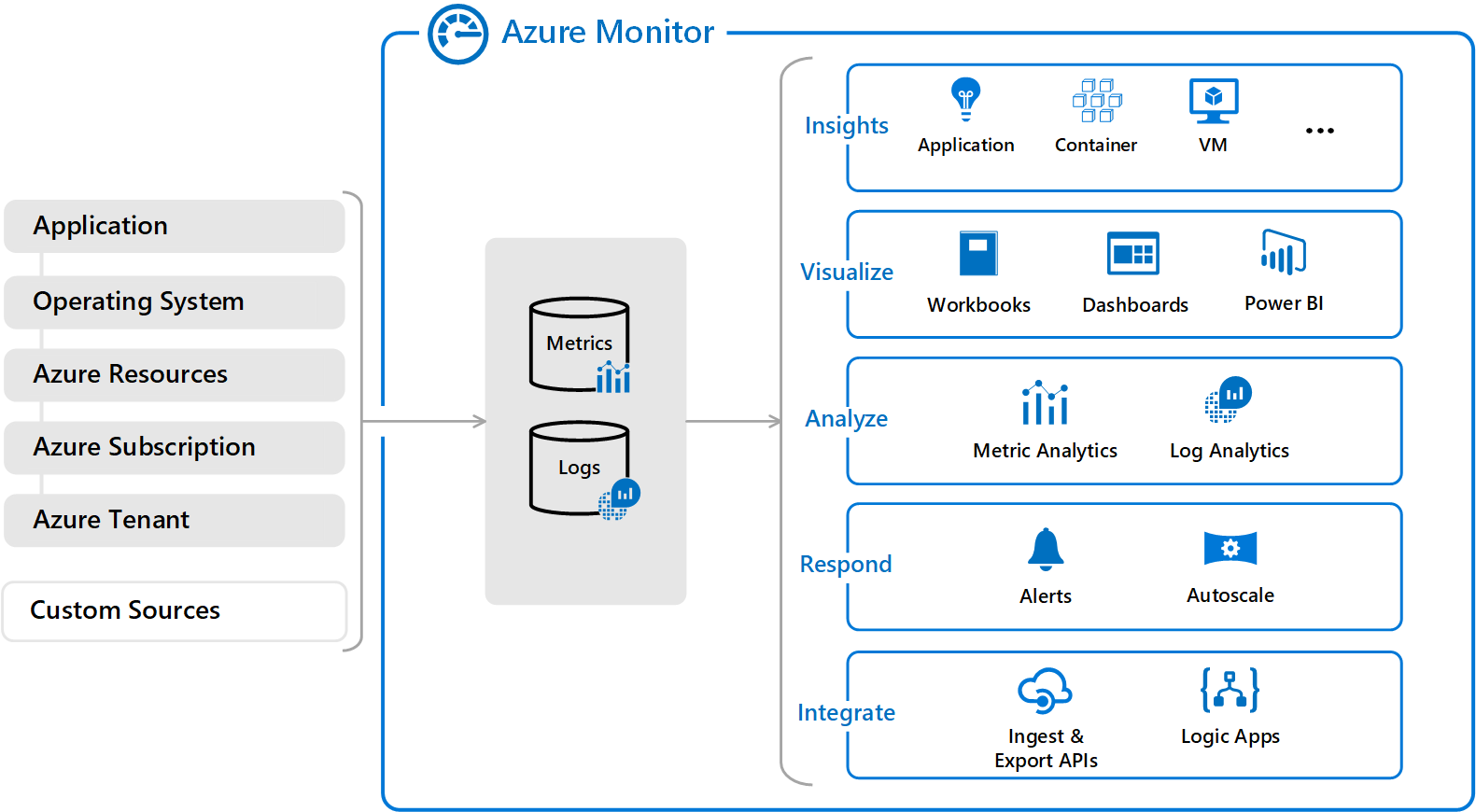Got a working ChatGPT clone running on your laptop? Cool. Now try explaining to Dave from InfoSec why you hardcoded an API key in production. This is where the fun begins.
The Death March Begins
First meeting: "This is amazing! When can we ship it?"
Second meeting: "We need SOC 2 compliance."
Third meeting: "Legal says we need HIPAA."
Fourth meeting: "Security wants private endpoints."
Fifth meeting: "Finance is freaking out about the Azure bill."
I've been in this exact room with different people wearing the same suits asking the same questions. Your weekend project just became a six-month enterprise architecture initiative. The intern who tested their Shakespeare bot and racked up $3,200 in OpenAI charges isn't helping your cause.
The kicker? None of this stuff is documented anywhere that makes sense. Microsoft's docs assume you already know about managed identities and VNets and DNS zones. Good luck.
What Actually Breaks in Production
DNS is fucking broken with private endpoints. You set up the private DNS zone, configure the VNet links, everything looks perfect in the Azure portal. Then your app still hits the public endpoint because Azure's DNS resolution is inconsistent garbage. I spent two weeks figuring out why our container apps ignored the private DNS zones completely. Turns out you need to restart half your infrastructure after DNS changes or it keeps using cached public IPs.
Managed identities take forever to work. The docs say "authentication just works!" but they don't mention the 5-15 minute delay for role assignments to propagate. Your deployment succeeds, your app starts, then immediately crashes with 403 errors. Wait 10 minutes and retry - magic, it works. Build retry logic or enjoy random deployment failures.
Models only exist in East US 2. Want GPT-4o in Europe? Too bad, wait 4 months. Your disaster recovery plan is useless when the model you need only exists in one region. I watched a startup's entire product strategy collapse because they built everything around GPT-4o but could only deploy in Virginia.
Content filtering hates normal business language. Our market analysis reports kept getting blocked because "eliminate competition" triggers violence filters. Medical device documentation gets flagged as harmful content. The AI thinks "penetrate the market" is sexual content. You'll spend months getting exceptions approved or just give up and rewrite everything to avoid trigger words.
Standard vs PTU: Pick Your Poison
Standard is cheap until it isn't. Works great for your demo. Then your CEO uses it during the board meeting and gets throttled to death. I watched a Series A pitch tank because their "revolutionary AI assistant" took 30 seconds to answer "What's our revenue?" Investors were not impressed.
The rate limits are complete mystery meat. Sometimes you get 100 requests per minute, sometimes 5. Azure decides based on... who the hell knows. Moon phases? Their quarterly earnings? It's random.
PTU costs a fortune but actually works. We're talking $5K-20K per month minimum depending on which model and region. But your shit actually works when people use it. No more explaining to angry customers why the chatbot is "thinking" for 45 seconds.
Microsoft's PTU calculator is useless. It told us we needed 50 units. We provisioned 50. Everything was slow. Turns out we needed 80 because users retry failed requests and conversations get longer when responses are sluggish. Plan for 150% of whatever the calculator suggests.
The hybrid approach sounds smart but adds complexity. You need fallback logic, different error handling, monitoring for both deployment types. It works but your code gets messy handling the different response patterns.
Regional rollouts are a nightmare. East US 2 gets new models first, then Sweden Central 4-6 weeks later, then everyone else waits 3-6 months. Your global architecture doesn't matter if the model only exists in Virginia.
Three shitty options:
- Put everything in East US 2 - European users get slow responses but at least your app works consistently.
- Build fallback hell - Try GPT-4o in East US 2, fall back to GPT-4-turbo locally when it fails. Your code becomes a mess of conditional logic.
- Wait and fall behind - Competitors ship with new models while you wait for global availability. Clean architecture, dead product.
Don't Build Everything From Scratch
Look, I get it. You want to build your own vector database because you think you're special. You're not. Azure AI Search handles document indexing and semantic search better than whatever Frankenstein setup you're planning to cobble together.
I watched a team spend four months building a custom vector store when Azure AI Search would have taken two weeks to configure. Their "proprietary solution" crashed under load during the demo. The Azure service just... worked.
Azure AI Foundry orchestrates complex workflows without you writing a bunch of fragile orchestration code. Machine Learning is overkill unless you're doing custom fine-tuning, and even then the data prep process will make you question your life choices.
Just use the damn integrated services. Container Apps, Functions, Service Bus - they're all there and they actually work together. Stop rebuilding what Microsoft already built and tested.
